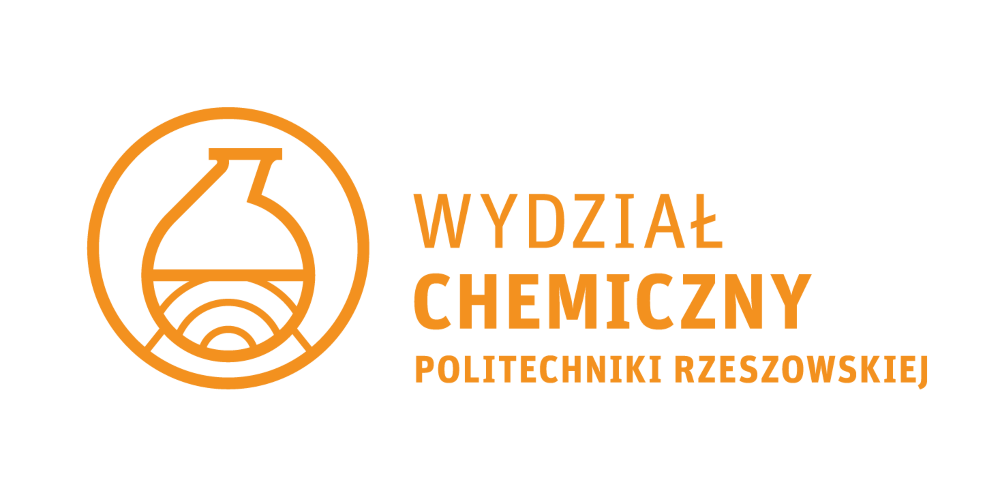

Fundamentals of CAD / CAE in polymer processing
Some basic information about the module
The aim of studying and bibliography
The main aim of study:
Understanding computer-aided prototyping of machine elements
The general information about the module:
The student learns modern methods of producing prototypes based on computer-aided CAx systems
Teaching materials:
Laptop, rzutnik, drukarka 3D
Bibliography required to complete the module
| 1 | Grzegorz Budzik | Odwzorowanie powierzchni krzywoliniowej łopatek części gorącej silników lotniczych w procesie szybki | Oficyna Wydawnicza Politechniki Rzeszowskiej, Rzeszów 2009. | 2009 |
| 2 | Siemiński P., Budzik G. | Techniki przyrostowe. Druk 3D. Drukarki 3D | Oficyna Wydawnicza Politechniki Warszawskiej. | 2015 |
| 1 | Gebhardt A. | Rapid Prototyping | Carl Hanser Verlag, Munich . | 2007 |
| 1 | Augustyn K. | EdgeCAM – Komputerowe wspomaganie wytwarzania | Helion, Gliwice 2007. | 2007 |
Basic requirements in category knowledge/skills/social competences
Formal requirements:
Student participation in laboratory classes is required
Basic requirements in category knowledge:
Knowledge of computer systems supporting the work of CAx engineer is required
Basic requirements in category skills:
Ability to use 3D-CAD/CAx programs
Basic requirements in category social competences:
28/5000
Teamwork skill
Module outcomes
| MEK | The student who completed the module | Types of classes / teaching methods leading to achieving a given outcome of teaching | Methods of verifying every mentioned outcome of teaching | Relationships with KEK | Relationships with PRK |
|---|---|---|---|---|---|
| MEK01 | Student knows the methods of 3D-CAD design dedicated to incremental manufacturing systems | laboratory | test of practical part |
K-W08+ |
P6S-WG |
| MEK02 | The student is able to perform 3D-CAD model data processing and prepare data for the process | laboratury | test of practical part |
K-U02+ |
P6S-UW |
| MEK03 | Student is able to use the selected system of incremental prototyping | laboratory | test of practical part |
K-U03+ |
P6S-UW |
| MEK04 | Student can do prototype using indirect prototyping method | laboratory | test of practical part |
K-U03+ |
P6S-UW |
| MEK05 | Student can perform postprocessing and finishing works on the prototype | laboratory | test of practical part |
K-U05+ |
P6S-UW |
| MEK06 | Student learns methods of modeling and processing data for the process of rapid prototyping of products, closely observing the content of the lecture | lecture | written test |
K-U05+ |
P6S-UW |
| MEK07 | Student learns the methods and ways of data processing in the RP process, closely observes the contents of the lecture, asks questions for additional information | lecture | written test |
K-U19+ |
P6S-UU |
| MEK08 | Student learns modern RP methods of performing physical models and possibilities of practical application of prototypes | lecture | written test |
K-K01+ |
P6S-KK |
The syllabus of the module
| Sem. | TK | The content | realized in | MEK |
|---|---|---|---|---|
| 7 | TK01 | L1-L6 | MEK01 | |
| 7 | TK02 | L7-L11 | MEK02 | |
| 7 | TK03 | L12-L18 | MEK03 | |
| 7 | TK04 | L19-L24 | MEK04 | |
| 7 | TK05 | L25-L30 | MEK05 | |
| 7 | TK06 | L1-L5 | MEK06 | |
| 7 | TK07 | L6-L10 | MEK07 | |
| 7 | TK08 | L11-L15 | MEK08 |
The student's effort
| The type of classes | The work before classes | The participation in classes | The work after classes |
|---|---|---|---|
| Lecture (sem. 7) | The preparation for a test:
10.00 hours/sem. |
contact hours:
15.00 hours/sem. |
complementing/reading through notes:
5.00 hours/sem. Studying the recommended bibliography: 15.00 hours/sem. Others: 5.00 hours/sem. |
| Laboratory (sem. 7) | The preparation for a Laboratory:
6.00 hours/sem. The preparation for a test: 8.00 hours/sem. |
contact hours:
30.00 hours/sem. |
Finishing/Making the report:
8.00 hours/sem. |
| Advice (sem. 7) | |||
| Credit (sem. 7) | The preparation for a Credit:
5.00 hours/sem. |
Others:
1.00 hours/sem. |
The way of giving the component module grades and the final grade
| The type of classes | The way of giving the final grade |
|---|---|
| Lecture | Written test |
| Laboratory | Practical test |
| The final grade | 10% of written test plus 90% of practical test |
Sample problems
Required during the exam/when receiving the credit
(-)
Realized during classes/laboratories/projects
(-)
Others
(-)
Can a student use any teaching aids during the exam/when receiving the credit : no